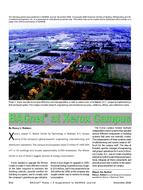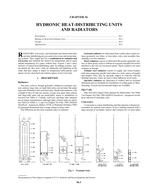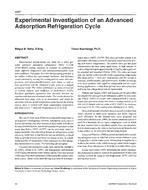This paper presents the analysis of the effect of energy saving retrofits installed in low-income housing under a nationwide weatherization demonstration program. Weatherization retrofits which were judged to have a payback of less than eleven years were applied to low-income houses across the country. The weatherization techniques included air infiltration reducing measures, such as caulking and weatherstripping, additional sidewall, attic and basement insulation, and modification or replacement of the heating systems. Before the application of the retrofits, two years of fuel consumption data for each home were analyzed to produce a predictor of the energy usage. The results of this analysis were used to determine the would-be fuel consumption over a period of time if the house had not been weatherized. The energy reduction of a home was calculated from the difference between the actual fuel usage after retrofit and the predicted fuel usage if it was not retrofitted. In addition to overall reduction, the saving in energy usage during different time periods while the house was being weatherized could be visualized from the graphical representation of the calculated and actual fuel usages.
Selected for analysis in this paper were 119 homes, using different fuels, in seven cities across the nation representing various climatic zones and geographical locations. A sample of 23 homes was left unretrofitted, and these homes were used as a control group. It was found that the average saving in fuel consumption for weatherized dwellings in all cities was about 30 percent.
Citation: Symposium, ASHRAE Transactions, 1984, vol. 90, pt. 2B, Kansas City, MO
Product Details
- Published:
- 1984
- Number of Pages:
- 17
- File Size:
- 1 file , 1.1 MB
- Product Code(s):
- D-KC-84-01-2


